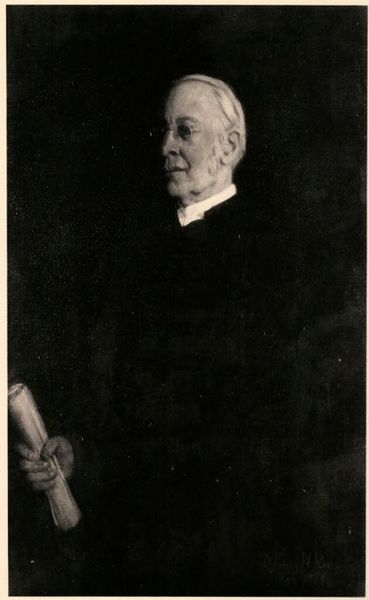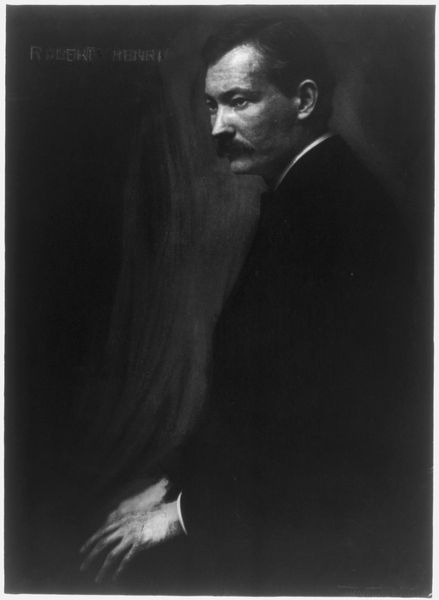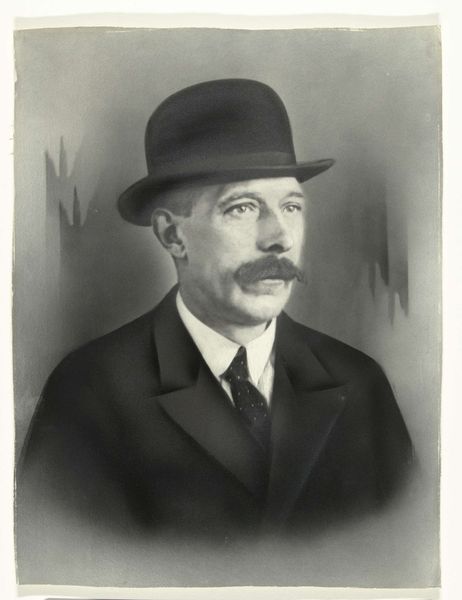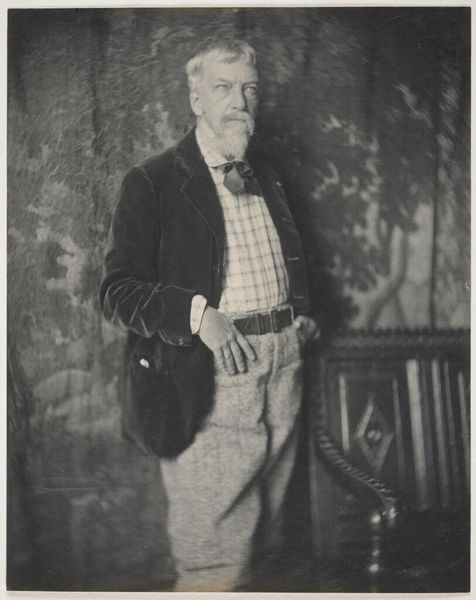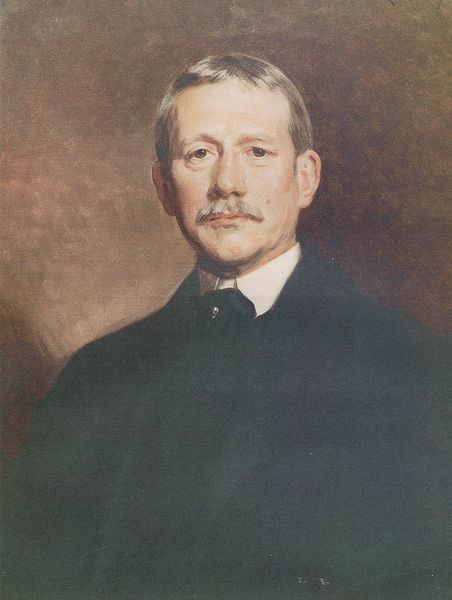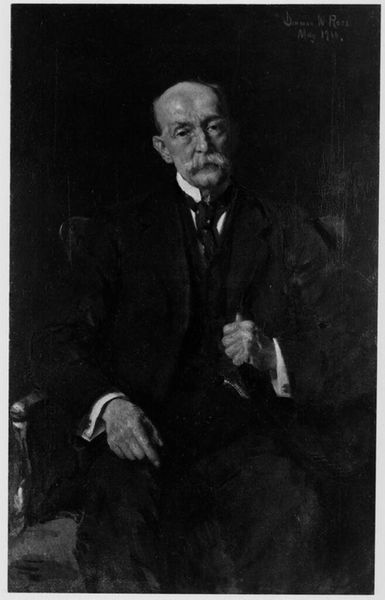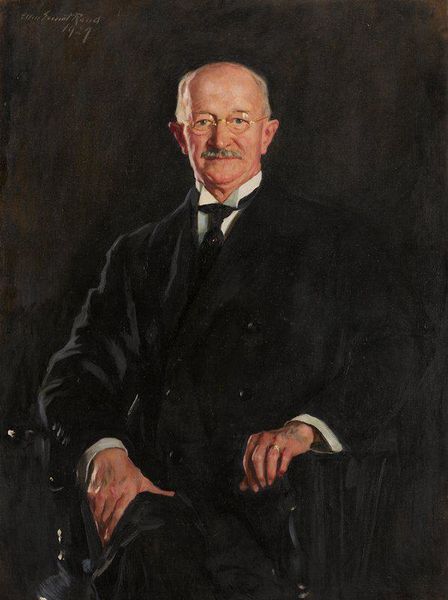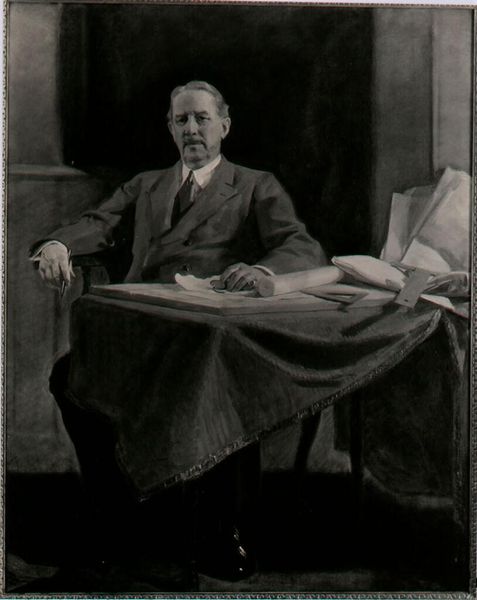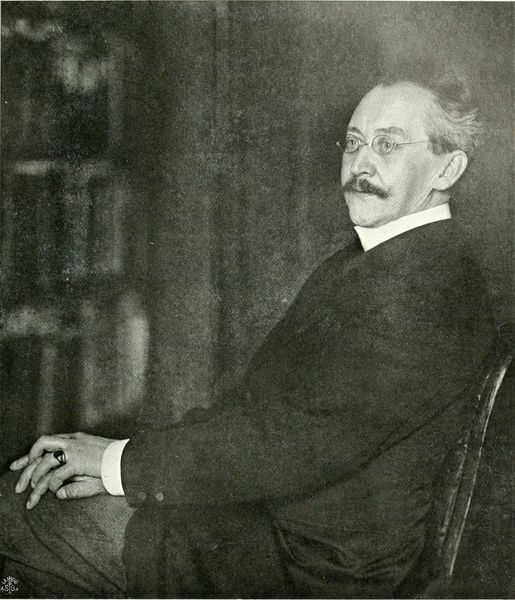
photography
#
portrait
#
black and white format
#
photography
#
portrait reference
#
black and white
#
genre-painting
#
modernism
Copyright: Public domain
Curator: This is Nicola Perscheid’s 1904 photograph, “Julius Rodenberg,” rendered in striking black and white. It's quite an arresting portrait, isn't it? Editor: Absolutely. I'm immediately struck by the man's gentle, almost wistful expression. It's juxtaposed with a certain formality, a kind of quiet confidence emanating from him. There's a stillness. Curator: And indeed, Rodenberg was a significant figure. As a Jewish German poet and literary historian, Rodenberg also founded the literary journal "Deutsche Rundschau." Given his immense contribution to the 19th century German literature scene, the portrait offers more than meets the eye. Editor: It begs us to consider the prevailing cultural narratives during this specific period. Looking at this photograph today, I find myself reflecting on questions surrounding representation, especially considering the identity of Jewish intellectual and his position within the German literary scene at the turn of the century. It’s a powerful visual reminder of intersectionality. Curator: You’re so right to bring that up. Perscheid was one of the most renowned portrait photographers of his time. One of the ways in which Perscheid broke new ground was by working with artificial lighting, lending a remarkable nuance to his black and white work. That choice certainly seems deliberate. Editor: Yes, the lighting does contribute to this rather haunting and melancholy affect. It brings a complexity to Rodenberg, acknowledging the various facets of the man: the accomplished poet, the Jewish intellectual in a society marked by growing antisemitism. The framing, too, the softness of the focus – it seems designed to evoke empathy, to create an intimate space with the viewer. It definitely opens up questions regarding Jewish intellectual life in Europe in that era. Curator: Looking at how it complicates notions of identity in that period really amplifies the work's resonance. Editor: Indeed, It certainly complicates conventional approaches to historical portraiture. I'll definitely be pondering the context of its making, given our conversations.
Comments
No comments
Be the first to comment and join the conversation on the ultimate creative platform.
